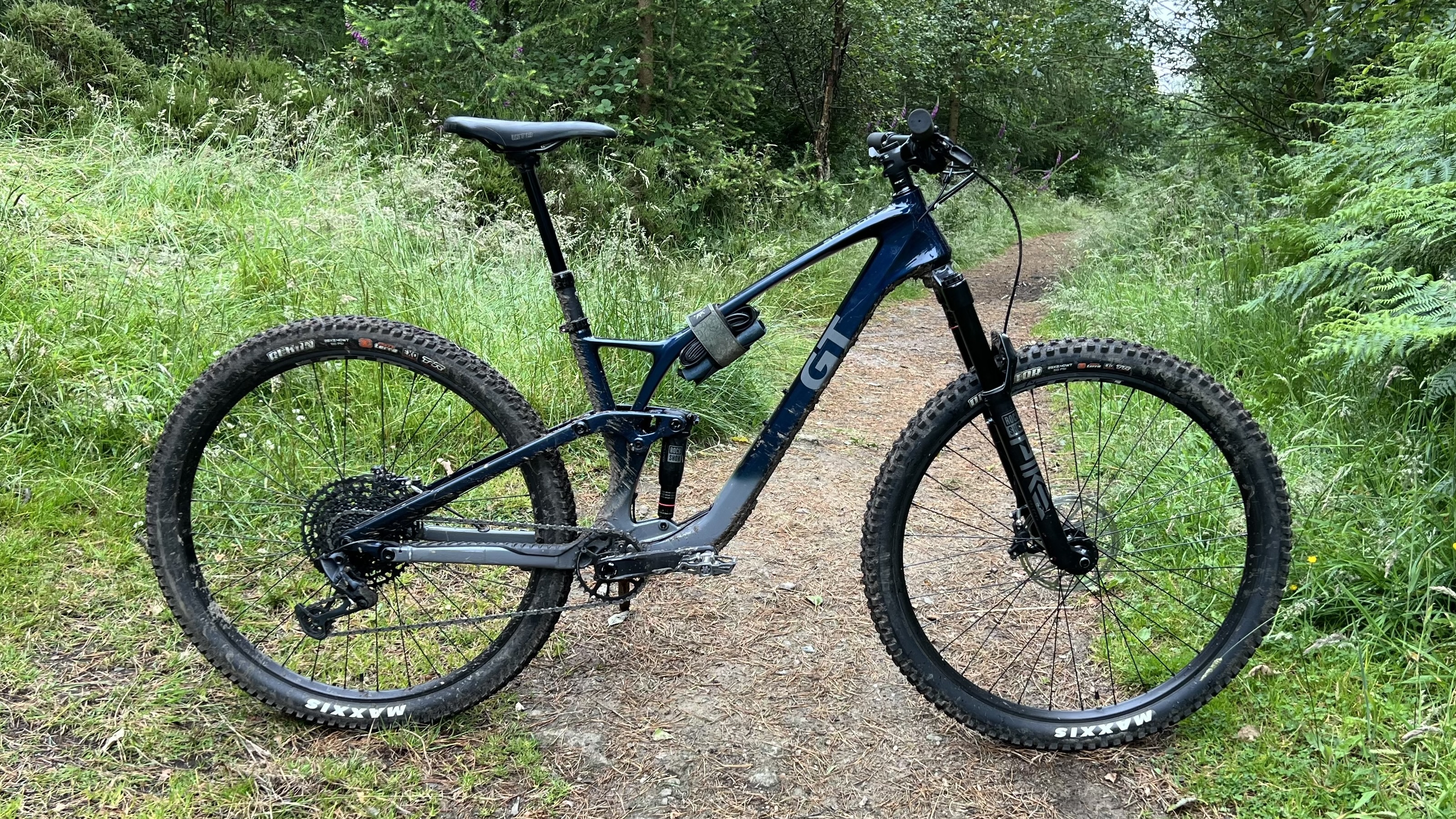
When I was growing up, “Knows the price of everything and t’value of nothing” was a damning comment on folk who only ever considered cost, not quality or other benefits that might make paying more worth it in the long run. It was generally muttered by women with the face and belligerent stance of an English Bulldog, or an old lad with a flat cap pulled down so low it was an early agricultural form of ‘no face, no case’. However Google tells me it was also used by renowned writer, Oscar Wilde, so I think we can assume it translated right across society. It definitely seems to be something we’ve lost sight of in recent decades though and right now it’s directly affecting my work as a bike tester.
So here are some personal thoughts on what price and value actually mean right now and how I’m trying to reconcile the current monetary madness in my reviews.
What does something even ‘cost’ now?
From a testing point of view, RRP has always been the baseline I – and every other tester I know – has based ‘value’ scores and judgments on. We might hint that certain products could often be found cheaper if you shopped around, and that’s translated into automated ‘best deals’ inserts on web reviews. However, the verdict has always been based on what the manufacturer wanted you to pay for it. That was a consistent baseline and it also leveled the playing field for all sorts of sellers, rather than making small local shops look like crooks for not automatically price-matching online discounters.
And it’s worked fine for me for over twenty-five years of testing. Sure, some end-of-line clearance stock would end up on sale as new models were introduced, but it never amounted to much volume and it was generally spread out over the year. Winter kit being sold off in spring, summer kit in fall/autumn, bikes turning over as model years changed, etc. Even outlets with a reputation for slashing prices generally just rooted through the bins at the back of distributors like bears, rather than going on a full-scale rampage on RRP.
What’s changed in the past couple of years though is that there’s been an almost constant cycle of huge discounts across deep product ranges – as well as ‘closing down’ sales from brands and distributors felled by Covid, Specialized started the bargain ball rolling early with 50 percent off bike prices, and then parts and accessories. That made way for bikes running SRAM’s new UDH / T-Type Transmission and they’ve continued as new models like Epic and Stumpjumper make existing stock obsolete. Loads of other brands have followed suit too. Most have tried to maintain some kind of control and brand value by rippling discounts across different models sequentially like Santa Cruz or having a short-term sale like Trek. Others like Kona have just dumped the whole family into the bargain bin, although to be fair their ‘two for one’ offer was a genius move in terms of shifting stock.

We're not out of the woods yet
As we came into 2024, the vibe of the industry was very much ‘survive to ’25’ but optimists at trade shows were saying the problem would soon be solved. Halfway through the year though, it’s not looking great. I’ve not seen any actual evidence of the supposed burying or burning of millions of pounds worth of accessories and clothing by ‘insert whichever brand you have beef with here’, but maybe there is no smoke without fire. In the space of the last month, one brand director told me a rival firm still had a million overstocked frames to sell. Another that ‘bike manufacturer X’ had 400 containers worth of stock they couldn’t even unload into their warehouses to sell on because they were so full. And even if these are just rumors with inflated numbers, the truth is there’s still a huge amount of surplus stock sat about that retailers, distributors, and manufacturers are struggling to sell even at well below cost price. And that’s a real problem because whether it’s still in a factory, a warehouse or even a shop shelf, if stock isn’t moving it’s costing you money, so better to be rid for a big loss now rather than lose even more money over time by hoping prices might bounce back.
As I said last week, this creates a huge problem in terms of launching new stuff because you’re dropping fresh product into a market where prices have completely collapsed. But then if you don’t produce new stuff you can’t ever break the cycle, and while you might have the investment and cash reserves to siege it out, the vendors and manufacturers you rely on might not. So while I know some brands – big and small – are sitting on product they probably designed / ordered years ago, others are pushing on full steam ahead. And again that’s super unsettling if you’re a small manufacturer that’s trying to preserve prices on existing stock until they’re not being undercut everywhere by cutting costs to an absolute minimum. Yet at the same time hearing your frame manufacturer is flat out again creating bikes for a rival brand, who are flying media around the world to launches like it’s the glory days of the late 1990s all over again. Or as I found out when I dropped into an independent UK brand, they’ve had to order some frames just to have something to hang surplus component orders they couldn’t cancel on. Plunging them into a discount market they really don’t want to be in and where their charismatically esoteric performance and above-and-beyond customer service doesn’t seem to engage as well either.

So what is good value?
But when I come back from a lavish bike launch, pick up a small band special, or have to write a news piece based on a brief PDF of thin details or an online meeting, how do I assess the price of a new product? Even if there isn’t a similar predecessor at a knockdown price, there’ll be something close enough that makes a mockery of retail to real price comparison. Let’s use the newly revealed Specialized Chisel FS as an example. It’s got a high-tech alloy frame that delivers an excellent ride and while the kit value isn’t amazing, the overall package is very good and relatively unique if you compare it like-for-like on RRP. At the time it launched though you could still buy (and probably still can) find Specialized’s own Epic 7 Evo carbon bike that the Chisel FS was based on for around $1,000 / £1,000 more. Which sounds a lot, but the Epic 7 Evo has one of the lightest carbon frames, so you’re saving a kilo in comparative frame weight straight away. Add better kit and you’re probably two kilos ahead on complete build – which is huge when it comes to XC performance.
Can’t afford an Epic Evo but want a more capable trail bike that’s still lighter and cheaper? I’m currently testing a GT Sensor ST Pro with Select+ RockShox suspension and mostly SRAM GX on a carbon frame it shares with the equally sorted GT Sensor. Like that bike, it’d be good value at it’s £4,000 RRP, but it’s currently being sold at between £2,400 and £2,000 depending where you look. And as GT has gone through a big restructuring and is sensibly waiting out the current situation while clearing old stock, it’s never going to be sold at RRP again. So in a way, the new ‘RRP’ IS half-price.
And to be honest I don’t have an answer for that. If I start reviewing on the basis of the lowest cost you can find something, then that would be absolute chaos in terms of a comparative baseline. So I've no real alternative but to stick to the proven format or scoring based on RRP.
Equally, I can tell you that the biking world will be a much duller place without people pushing forward new tech like fancy alloy construction methods, alternative steel frames or high-pivot bikes that are as addictive as hard drugs. Or that above and beyond customer service, advocacy investment, warranties worth having, etc should all be factored into the ‘price of everything, value of nothing’ equation.
However, what I can’t ignore is that people’s finances have never been under more pressure than in the current cost of living crisis. And like the bike industry situation, we can’t expect that to get sorted out anytime soon either. So while I can legitimately say that the Chisel FS is a good value bike in normal terms, the current context is very far from normal and what you do with your wallet is entirely your own business.
All I can say for sure is that whether it’s the temptation of the latest hyped bike or the biggest online discount, be very sure the product is actually suitable for what you want and something that you actually need. Or to paraphrase it another way, ‘whatever the price, the best value will often come from spending nothing at all’.







